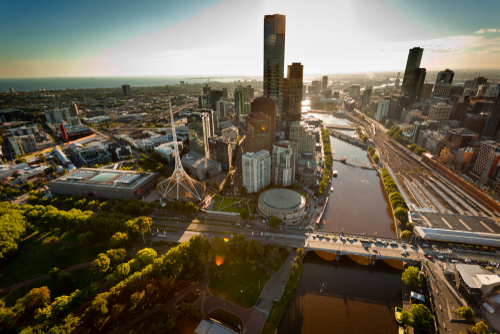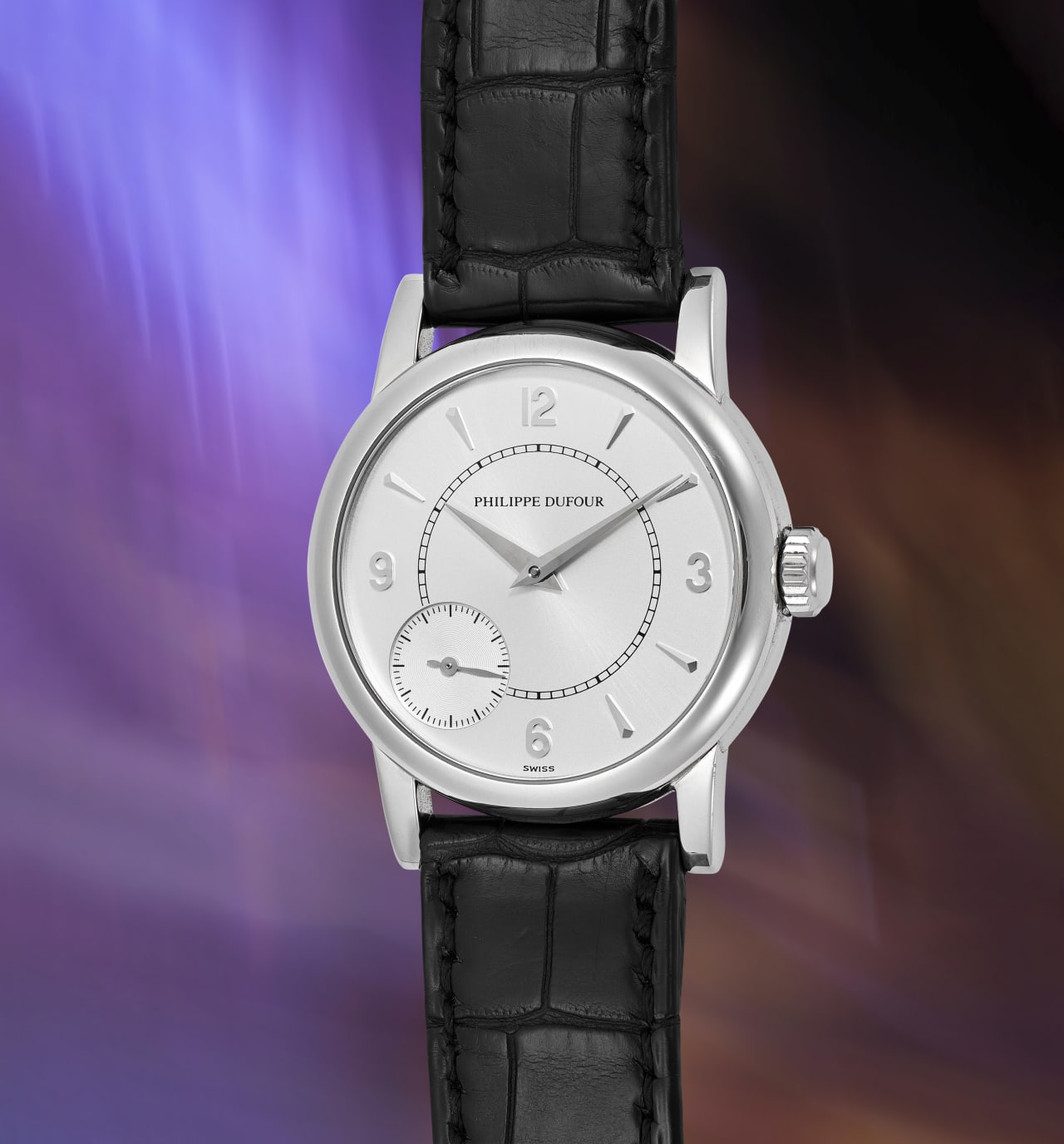Population projections: We’re getting older and having fewer babies
ABS projections for the next 50 years point to migration as the pathway to population growth
Australia’s ageing population is clearly evident in the latest round of population projections just released by the Australian Bureau of Statistics (ABS). The median age in Australia is currently 38.5 years. By 2071, this will increase to between 43.8 years and 47.6 years.
The ABS comments: “Of the changes projected to occur in Australia’s population, ageing is generally considered to be the most dramatic, with significant changes to the age structure of the population. Ageing of the population is a trend which has been evident over recent decades as a result of fertility remaining below replacement level and declining mortality rates.”
The proportion of children aged 0-14 years is projected to decline from 18% in 2022 to between 13% and 16% in 2071. The working age population aged 15-64 years is projected to decrease from 65% to between 59% and 60% in 2071. People aged 65 years and over will increase from 17% in 2022 to between 25% and 27% in 2071.
Overall, our population will swell from 26 million as of 30 June 2022 (and 26.5 million today) to between 34.3 million and 45.9 million by 2071. We’ll see a stronger growth rate of between 1.2% and 1.7% per annum over the next decade, but over the entire projection period, the growth rate will average out to between 0.6% and 1.1% per year.
Australia’s population growth is comprised of natural increase (births minus deaths) and net overseas migration (migrant arrivals minus migrant departures). Migration will play a bigger role in our population growth than natural increase, according to the projections.
In 2021-22, there was a natural increase of 117,400 people in Australia. In 2071, the ABS projects natural increase to range from 104,500 people per year to 118,000 per year. If Australia had no migration at all over the projection period, the population would fall to 23.9 million by 2071. The ABS says Australia’s birth rate has been declining for many decades.The fertility rate peaked in 1961 during the ‘baby boom’ at 3.5 babies per woman. The replacement level is considered to be 2.1 babies, but we haven’t been there since 1975. The current average is 1.64 babies per woman.
Australian women are also having their babies later in life. The ABS comments: “Over the past 10 years, age-specific fertility rates have been declining for the younger age groups (women below age 30), whilst remaining stable among women aged 30 years and over, representing a continuing shift in fertility towards older ages.”
The ABS expects net overseas migration gains of between 9.2 million and 14.1 million people in total over the next 50 years. NSW and Victoria will continue to attract the lion’s share of Australia’s new arrivals. NSW will attract 35.8% and Victoria will bring in 32.8%. NSW will receive between 63,000 and 97,900 migrants (net) per year from 2032, whileVictoria will receive between 57,400 and 90,200.
In terms of net interstate migration, or the movement of Australian residents between states, Queensland is expected to remain the favourite destination. The Sunshine State overtook Victoria in 2016-17 and this trend remains. It was turbocharged during COVID-19 when remote working prompted many people to leave NSW and Victoria. Queensland’s NIM rate more than doubled from 22,600 people in 2018-19 to 48,800 people in 2021-22.
Australians are expected to continue loving big city living. The unique concentration of our population is a factor keeping metro property prices as high as they are today. As of 30 June 2022, 67% of us were choosing to live in one of eight capital cities. This trend will continue, however, Melbourne is projected to overtake Sydney as Australia’s largest city sometime between 2032 and 2046. Its population will grow from just over 5 million in 2022 to between 6.5 million and 9.9 million by 2071.
The states with the highest concentration of capital city residents are currently Perth, Adelaide and Melbourne, and this trend will continue. Perth is currently home to 80% of West Australian residents and this will either remain the case or rise slightly to 81% over the next decade. Adelaide is home to 78% of South Australia’s population and this will rise to between 79% and 80%. Currently, 76% of Victorians choose to live in Melbourne and this will either stay the same or lift to 77% by 2032.
This stylish family home combines a classic palette and finishes with a flexible floorplan
Just 55 minutes from Sydney, make this your creative getaway located in the majestic Hawkesbury region.
Continued stagflation and cost of living pressures are causing couples to think twice about starting a family, new data has revealed, with long term impacts expected
Australia is in the midst of a ‘baby recession’ with preliminary estimates showing the number of births in 2023 fell by more than four percent to the lowest level since 2006, according to KPMG. The consultancy firm says this reflects the impact of cost-of-living pressures on the feasibility of younger Australians starting a family.
KPMG estimates that 289,100 babies were born in 2023. This compares to 300,684 babies in 2022 and 309,996 in 2021, according to the Australian Bureau of Statistics (ABS). KPMG urban economist Terry Rawnsley said weak economic growth often leads to a reduced number of births. In 2023, ABS data shows gross domestic product (GDP) fell to 1.5 percent. Despite the population growing by 2.5 percent in 2023, GDP on a per capita basis went into negative territory, down one percent over the 12 months.
“Birth rates provide insight into long-term population growth as well as the current confidence of Australian families,” said Mr Rawnsley. “We haven’t seen such a sharp drop in births in Australia since the period of economic stagflation in the 1970s, which coincided with the initial widespread adoption of the contraceptive pill.”
Mr Rawnsley said many Australian couples delayed starting a family while the pandemic played out in 2020. The number of births fell from 305,832 in 2019 to 294,369 in 2020. Then in 2021, strong employment and vast amounts of stimulus money, along with high household savings due to lockdowns, gave couples better financial means to have a baby. This led to a rebound in births.
However, the re-opening of the global economy in 2022 led to soaring inflation. By the start of 2023, the Australian consumer price index (CPI) had risen to its highest level since 1990 at 7.8 percent per annum. By that stage, the Reserve Bank had already commenced an aggressive rate-hiking strategy to fight inflation and had raised the cash rate every month between May and December 2022.
Five more rate hikes during 2023 put further pressure on couples with mortgages and put the brakes on family formation. “This combination of the pandemic and rapid economic changes explains the spike and subsequent sharp decline in birth rates we have observed over the past four years,” Mr Rawnsley said.
The impact of high costs of living on couples’ decision to have a baby is highlighted in births data for the capital cities. KPMG estimates there were 60,860 births in Sydney in 2023, down 8.6 percent from 2019. There were 56,270 births in Melbourne, down 7.3 percent. In Perth, there were 25,020 births, down 6 percent, while in Brisbane there were 30,250 births, down 4.3 percent. Canberra was the only capital city where there was no fall in the number of births in 2023 compared to 2019.
“CPI growth in Canberra has been slightly subdued compared to that in other major cities, and the economic outlook has remained strong,” Mr Rawnsley said. “This means families have not been hurting as much as those in other capital cities, and in turn, we’ve seen a stabilisation of births in the ACT.”
This stylish family home combines a classic palette and finishes with a flexible floorplan
Just 55 minutes from Sydney, make this your creative getaway located in the majestic Hawkesbury region.

















